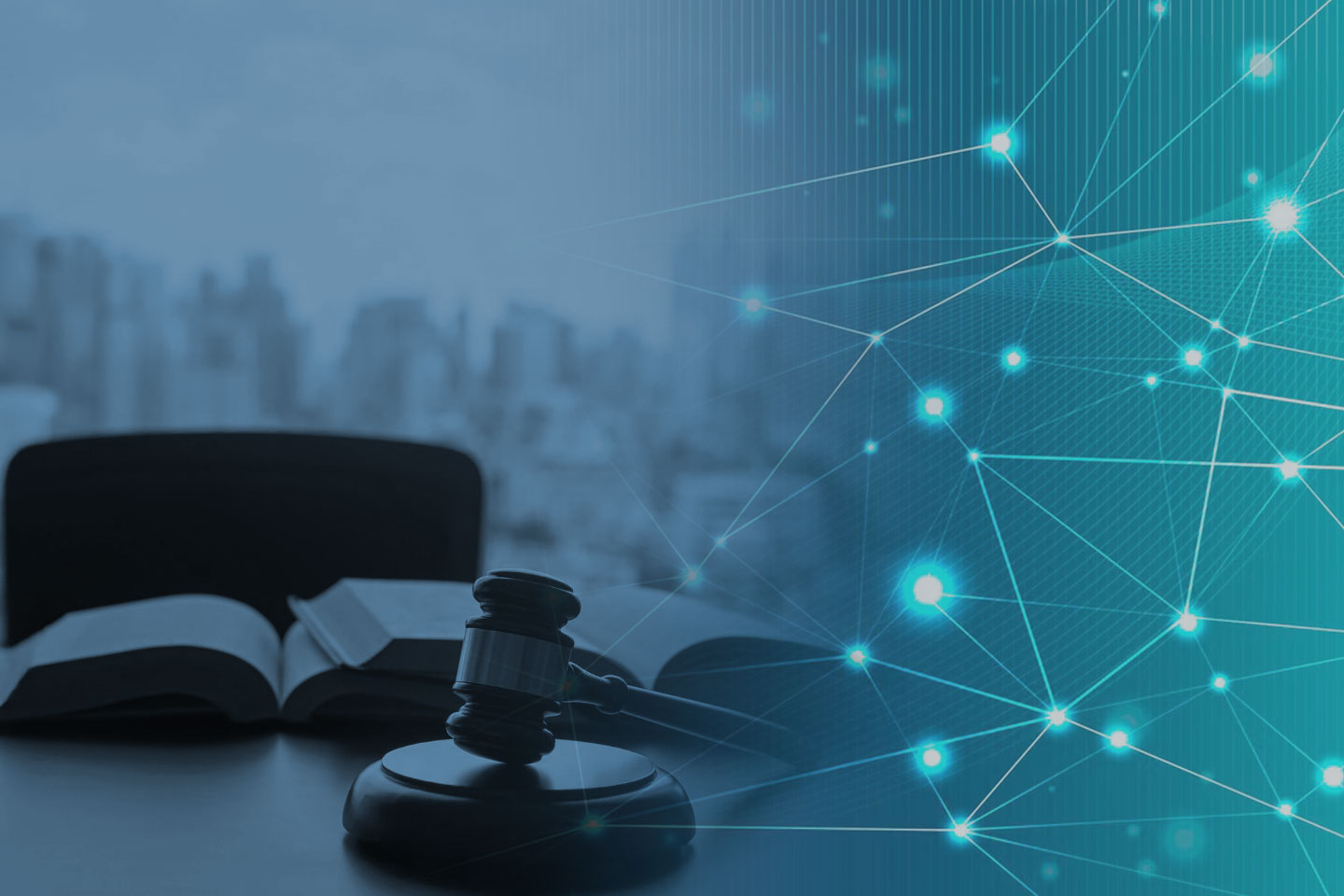Legal Technology Forecast 2020-2022: How Legal Software is Evolving to Improve Productivity & Access

Access to justice is a problem. As stated by the Honorable Chief Justice Bridget Mary McCormack in a recent “Reimagining Legal Technology” panel discussion, “8 out of 10 people with civil legal problems can’t afford lawyers.” However, self-service solutions for consumers and productivity applications for litigators could improve outcomes for all parties.
The COVID-19 pandemic is driving transformation in the legal space as those in the field seek out remote opportunities to keep legal proceedings moving forward. As a result, new remote capabilities have helped to further the conversation around access and a digital-first approach to legal processes, including the storage, review, and delivery of evidence and other supporting case information.
Shifting Mindsets in The Legal Field
An interesting insight offered by Gary Sangha, a serial legal technology company founder, is that technology produced exclusively for the legal market is several years behind the innovation found in other markets.
This is profound for a few reasons. While it certainly suggests that some areas of the profession are slow to adopt new technology, it could also suggest to software developers that failing to provide cutting-edge capabilities for legal professionals could cause litigators to look elsewhere when selecting new technology upgrades—which are being budgeted for right now as courts and law offices strive to find better ways to serve their clients in a digital-first environment.
Also interesting is that when you investigate the marketplace for inspiration, you can find a wealth of features with cross-application potential. Serving a market that has been traditionally slower to adopt cutting-edge, purpose-built legal solutions isn’t necessarily a bad thing when it comes to product development because there’s so much inspiration to draw from other markets.
Technologies Transforming the Legal Space
Legal technologies gaining steam include artificial intelligence (AI) and natural language markup. This represents a giant shift in the way legal professionals work. While lawyers did very individual, competitive work in law school previously, many of the leaders of legal institutions, like Chief Justice McCormack, are trying to shift this mindset to more collaborative work.
The value of legal work used to be in knowing where to find key information. To remain competitive while improving access for those seeking legal services, litigators must move to a team-oriented approach to case making. Systems exist to automate much of the information storage and retrieval process. Therefore, the true value is no longer in being able to find key information, but rather curating the information in such a way as to create solid cases for clients.
However, without information storing, gathering, and processing software in place, litigators may spend as much time searching for information as they do building cases. That’s why software application developers need to consider advancing the core capabilities of their solutions to include vital legal functionality that automates key elements of The Electronic Discovery Reference Model (EDRM), which includes:
- Identification
- Preservation
- Collection
- Processing
- Review
- Analysis
- Production
- Presentation
One top law firm reported experiencing a 70% increase in phishing attempts since the pandemic began, and as Law.com points out, “IT Managers have gone from managing 400 people in one office to having 400 single-person offices.” This can easily create quite a security crisis as resources are spread thinner than ever before. Without tools to drive accountability to data governance best practices, the odds of one of those hundreds of phishing attempts successfully breaking through significantly improves.
Umbrella technologies covering most of these processes include cybersecurity and information governance solutions that protect access to critical information while equipping essential personnel to safely and collaboratively markup, redact, and process sensitive data.
Ramping Up to Meet Emerging Demands
Though litigators have been slow to adopt emerging technologies in the past, COVID-19 is driving fast transformation in this space. The push to digital-first formats is a tremendous growth opportunity for application developers that stand ready to deliver the functionality required to facilitate due process via secure collaboration capabilities that include:
- Annotation
- Redaction
- Full text search
- Support and aggregation capabilities for hundreds of file formats
- Digital Rights Management (DRM)
- The added security of digital watermarking and 256-bit AES encryption
If building all these features from the ground up sounds like too much for your already-busy team of developers, then consider partnering with a trusted third-party like Accusoft. When you need to add key functionality quickly in order to meet a legal client’s needs before their budget expires, we can be your competitive advantage. Application developers partner with us for in-demand, brandless features for the legal field because we help them launch a fully supported feature in just weeks instead of months or years. To learn more about Accusoft legal application features, discover our capabilities in our eGuide, Finding Common Ground.